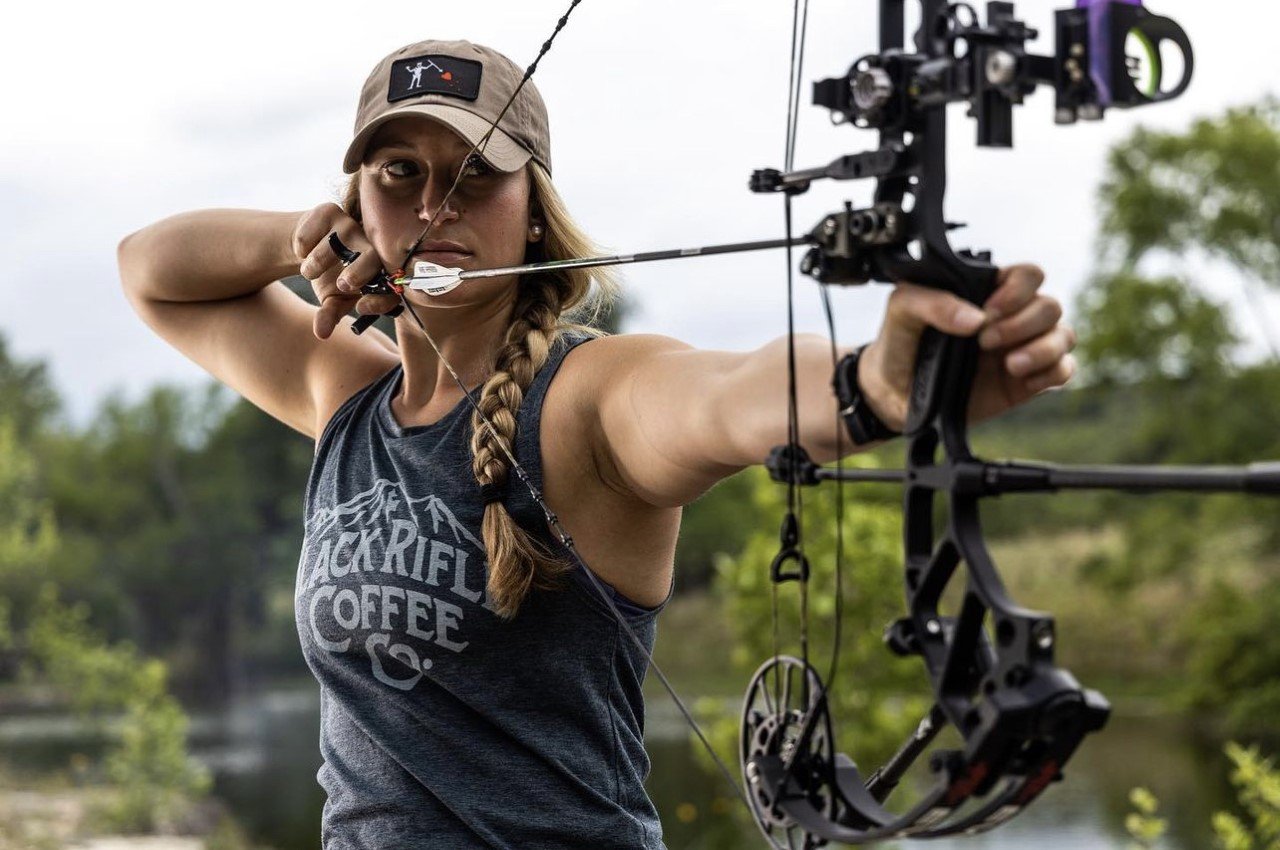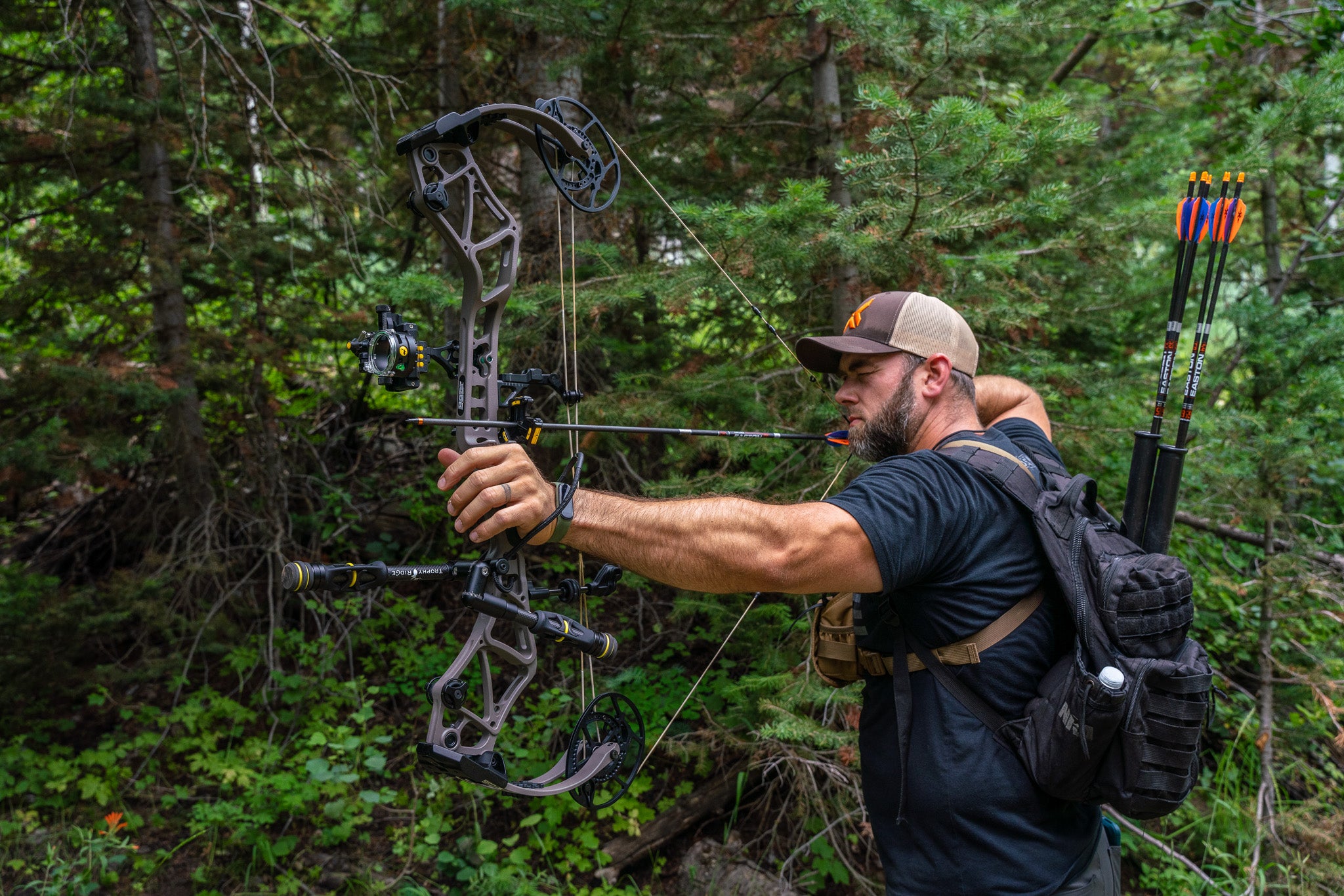Enhance Your Accuracy: The Role of Archery Stabilizers
Enhance Your Accuracy: The Role of Archery Stabilizers
Blog Article
The Ultimate Guide to Choosing the Right Archery Stabilizer for Enhanced Precision
Archery is a sport that demands precision and accuracy, and selecting the best equipment is critical for attaining optimal results. Among the various accessories readily available, an archery stabilizer plays a significant role in boosting precision. With so several alternatives on the market, it can be overwhelming to establish which stabilizer is the appropriate fit for your needs. In this thorough overview, we will certainly explore the key elements to take into consideration when selecting an archery stabilizer for improved precision. From locating the optimal size to recognizing the various designs and materials, we will certainly look into everything you require to recognize to make an educated choice. Whether you are a seasoned archer looking to update your devices or a beginner seeking assistance, join us on this trip as we decipher the keys to selecting the best archery stabilizer.
Length: Locating the Optimum Stabilizer Size
When selecting an archery stabilizer for ideal efficiency,Establishing the suitable stabilizer length is important. The length of a stabilizer directly affects the balance, stability, and precision of the bow. A stabilizer that is too long can make the bow really feel challenging and top-heavy to manage, while a stabilizer that is as well short may not supply adequate security and dampening of resonances. Discovering the right length needs considering aspects such as the archer's shooting design, bow weight, and individual preference.
A longer stabilizer, typically ranging from 8 to 12 inches, can offer higher security and minimize bow torque. This is specifically useful for archers that shoot with a high draw weight or those who tend to torque the bow throughout the shot. The added size assists to disperse the weight equally and counterbalance any type of torque or motion.
On the other hand, a much shorter stabilizer, typically between 4 to 7 inches, supplies extra maneuverability and quicker feedback. It is preferred by archers that fire with a lower draw weight or those who need more wheelchair, such as seekers or 3D shooters. The shorter length permits simpler movement through tight rooms and faster modifications.
Inevitably, the ideal stabilizer length refers individual choice and shooting style. It is advised to trying out different lengths and observe the effects on stability and accuracy. Consulting with skilled archers or experts can additionally offer important understandings and recommendations.
Weight: Figuring Out the Appropriate Stabilizer Weight
After considering the optimal stabilizer size, the following crucial aspect to think about when picking an archery stabilizer is identifying the appropriate stabilizer weight - archery stabilizer. The weight of the stabilizer plays a vital role in boosting precision and stability throughout the shot
The weight of the stabilizer influences the balance and control of the bow. A heavier stabilizer can give boosted stability and control, particularly for shooters with a tendency for unstable hands or inconsistent shots. It helps to take in the resonances and recoil generated by the bow, minimizing torque and minimizing the effect on the arrowhead's flight.
On the various other hand, a lighter stabilizer enables for a quicker and a lot more responsive bow. It can be helpful for shooters that prioritize ability to move and speed over security. Lighter stabilizers likewise reduce exhaustion throughout lengthy shooting sessions or competitors.
To determine the appropriate stabilizer weight for your needs, it is necessary to consider your capturing design, physical strength, and bow configuration. Trying out different weights and observing the effect on your capturing performance is essential to locating the ideal equilibrium.
Inevitably, the optimal stabilizer weight will differ for each individual archer. It is advised to begin with a modest weight and make adjustments based upon individual preference and shooting results. Remember, the goal is to attain a steady and regulated shot, while additionally maintaining comfort and convenience of use.
Materials: Selecting the Right Materials for Resilience and Efficiency
When choosing an archery stabilizer, it is important to thoroughly consider the materials made use of in its construction to make certain toughness and optimize efficiency. The selection of products can greatly impact the general top quality and effectiveness of the stabilizer.
One of the most frequently used materials for stabilizers is carbon fiber. Furthermore, carbon fiber stabilizers are immune to temperature level adjustments and are less likely to warp or bend over time.
One more preferred material for stabilizers is light weight aluminum. Light weight aluminum stabilizers are recognized for their sturdiness and rigidness. They offer superb dampening abilities, lowering the quantity of shock and resonance moved to the shooter's hand. Aluminum stabilizers additionally provide a vast array of customization choices, permitting archers to change the weight and size to fit their choices.
Some stabilizers are created utilizing a mix of products. A stabilizer may have a carbon fiber core covered in a light weight aluminum covering. This hybrid layout incorporates the ideal high qualities of both materials, providing optimum stability, longevity, Read Full Article and efficiency.
Style: Understanding the Different Stabilizer Designs and Their Results
Taking right into account the products used in archery stabilizers, it is necessary to now explore the various layouts of stabilizers and their respective results. The style of an archery stabilizer plays a crucial function in enhancing precision and minimizing vibration throughout the shot. There are a number of different styles available out there, each with its own unique attributes.

Another prominent style is the side bar stabilizer. This design includes attaching a short rod to the side of the More Info bow, parallel to the major long rod. Side bar stabilizers help in counterbalancing the weight of accessories, such as sights or quivers, and provide extra security to the bow.
Some stabilizers include flexible weights. These stabilizers permit archers to tweak the equilibrium and feeling of their bows by adding or removing weights. This attribute is specifically helpful for archers who prefer a particular weight distribution or want to try out different setups.
In addition, some stabilizers include moistening modern technology to lessen resonance and noise. These stabilizers frequently have integrated dampeners or use products that absorb vibrations, causing a smoother and quieter shot.

Devices: Discovering Added Accessories for Enhanced Stability
To even more boost security in archery, added devices can be utilized. These accessories are designed to function in conjunction with the archery stabilizer to offer an even greater level of stability and accuracy. One such accessory is the V-bar or the side stabilizer place. This device permits the attachment of a 2nd stabilizer, which aids to stabilize the bow and lower torque. By distributing the weight equally on both sides of the bow, the V-bar helps to lessen any type of unwanted movement during the shot.
An additional device that can improve stability is a bow sling. A bow sling is a strap that affixes to the bow and permits the archer to keep a kicked back hold on the bow deal with without the fear of dropping it (archery stabilizer). This unwinded grip helps to reduce muscle mass tension and allows for a much more stable and consistent shot
In addition, a stabilizer weight system can be made use of to adjust the balance and stability of the bow. These weight systems normally are composed of small weights that check can be added or gotten rid of from the stabilizer to change the equilibrium point of the bow. By finding the optimum balance factor, archers can accomplish a more exact and steady shot.
Conclusion
In conclusion, selecting the ideal archery stabilizer includes taking into consideration factors such as size, weight, products, design, and extra devices. The optimum stabilizer size and weight will depend on private choices and shooting style.
Establishing the excellent stabilizer length is critical when selecting an archery stabilizer for ideal efficiency. A stabilizer that is too long can make the bow feel hard and top-heavy to control, while a stabilizer that is as well short might not provide sufficient security and dampening of resonances - archery stabilizer.Taking right into account the materials used in archery stabilizers, it is essential to currently delve into the various layouts of stabilizers and their respective effects. Side bar stabilizers assist in counteracting the weight of accessories, such as quivers or views, and supply added security to the bow
These weight systems usually are composed of tiny weights that can be included or gotten rid of from the stabilizer to readjust the equilibrium point of the bow.
Report this page